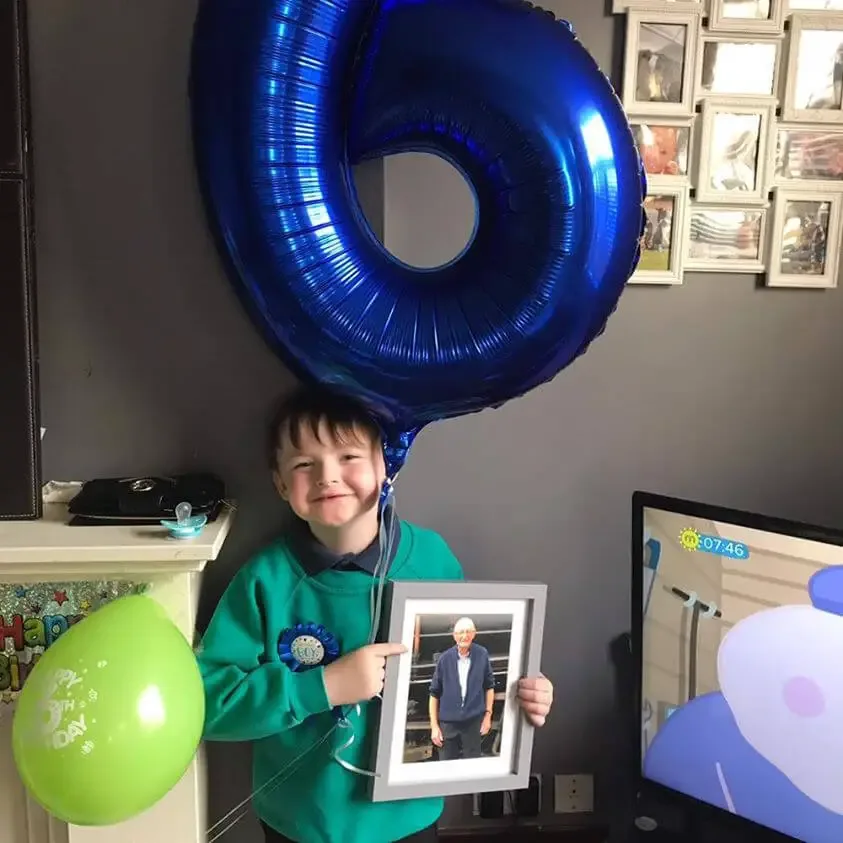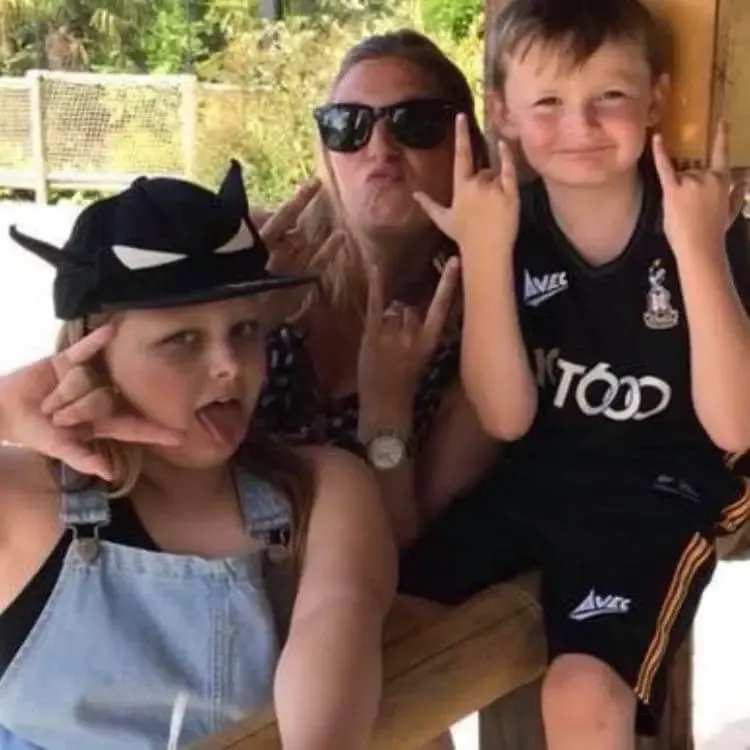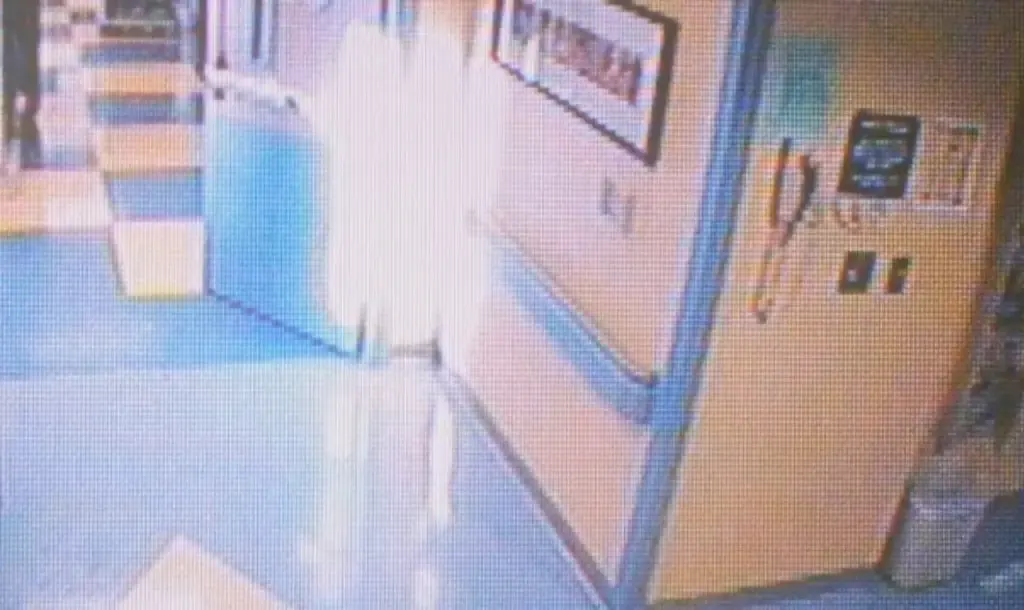METRO
I Didn’t Want To Date Anyone, So I Searched For A Sperm Donor On Facebook. Haters Trolled Me, But Now I’m A Proud Mother Of 5

Continue Reading
METRO
Mother left everyone in disbelief after they heard her excuse why she left her baby alone with pit bull only for the dog to chew on the child’s hands and leave her without 5 fingers!
METRO
6-Year-Old Boy Left In Coma After Being Sent Home From School With Headache
METRO
Did An Angel Save Girl From Dying In Hospital?
-

 SPORTS9 months ago
SPORTS9 months agoTaiwan’s Olympic Ambiguity: Competing as ‘Chinese Taipei’ Amid Political Tensions
-

 SPORTS10 months ago
SPORTS10 months agoMarine Dursus Shines as France Claims U18 Euro Title in Thrilling Final against Spain!
-

 IN-THE-NEWS11 months ago
IN-THE-NEWS11 months agoBREAKING: 103 Nigerians Deported From Turkey Arrive At Abuja Airport
-

 METRO5 months ago
METRO5 months agoThe boy constantly came to his mother’s grave and called her! One day the unthinkable happened! –
-

 METRO9 months ago
METRO9 months ago12-year-old girl rescues 4-year-old boy who fell into an open sewer
-

 HEALTH & LIFESTYLE10 months ago
HEALTH & LIFESTYLE10 months agoIf a Fish Bone Enters Your Throat, Don’t Panic Do These Things To Save Your Life
-

 SPORTS11 months ago
SPORTS11 months agoLeBron James to Seek New Contract with Los Angeles Lakers: Reports
-

 METRO5 months ago
METRO5 months agoSHOCKINGLY OBVIOUS’ Harry & Meghan’s $250K Donation to Biden’s Daughter: Political Ties EXPOSED –












